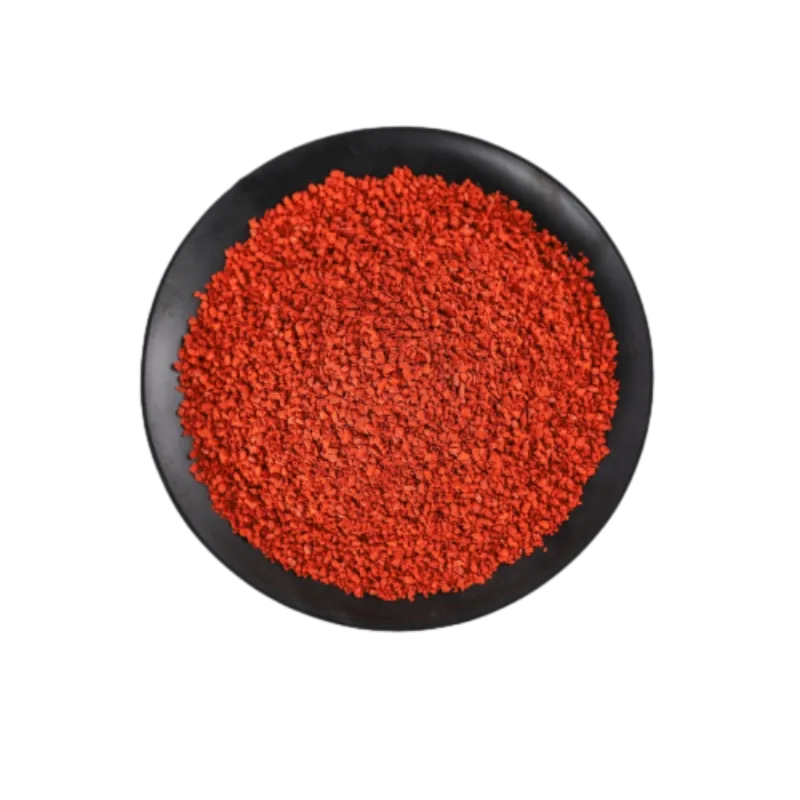
Nov . 18, 2024 17:07 Back to list
Tips for Effective Repair of Architectural Shingles to Extend Roof Lifespan
Understanding Architectural Shingle Repair A Comprehensive Guide
Architectural shingles, also known as dimensional or laminate shingles, have become a popular choice for homeowners due to their aesthetic appeal and durability. Unlike traditional three-tab shingles, architectural shingles are thicker and offer a dimensional look that mimics the appearance of more expensive roofing materials such as wood shakes or slate. However, like any roofing material, architectural shingles can be susceptible to damage over time due to weather exposure, mechanical damage, or improper installation. Learning how to repair them effectively can save homeowners money and help maintain the integrity and appearance of their roofs.
Identifying Common Issues
Before embarking on a repair project, it's essential to identify the specific issues affecting your architectural shingles. Common problems include
1. Curling Over time, shingles may curl due to exposure to prolonged heat or moisture. This can lead to further damage, as curled shingles may not provide adequate coverage.
2. Cracking Extreme weather conditions, such as high winds or hail, can cause shingles to crack or break. This not only diminishes the roof’s appearance but can also lead to leaks.
3. Granule Loss The granules on shingles protect them from UV rays and provide color. Over time, these granules can wear off, exposing the underlying material to the elements.
4. Missing Shingles High winds or improper installation may cause shingles to become dislodged and fall off altogether, exposing the roof deck to potential water damage.
Repairing Architectural Shingles
architectural shingle repair

Once you've identified the problems, follow these steps for effective repairs
1. Gather Necessary Tools and Materials Before starting, ensure you have the right tools a utility knife, roofing cement, a putty knife, replacement shingles, and safety gear such as gloves and non-slip shoes.
2. Inspect and Prepare the Area Carefully inspect the affected area. If the shingles are curling, you can try to flatten them with roofing cement. For cracked shingles, use roofing cement to fill in the crack and prevent further water penetration.
3. Replacing Missing or Damaged Shingles To replace missing or extensively damaged shingles, gently lift the surrounding shingles to access the nails. Remove the damaged shingle and replace it with a new one. Secure the new shingle with roofing nails, ensuring it is properly aligned and overlapping with adjacent shingles. Seal the edges with roofing cement to prevent water infiltration.
4. Address Granule Loss While you cannot replace the granules, you can slow down further wear by ensuring proper roof ventilation and applying a sealant if recommended by the shingle manufacturer.
5. Regular Maintenance Once repairs are complete, conduct regular inspections of your roof, especially after severe weather. Keeping gutters clean and ensuring proper drainage will also extend the lifespan of your architectural shingles.
Conclusion
Architectural shingle repair may seem daunting, but with the right tools and knowledge, homeowners can effectively maintain their roofs and prevent costly damage. Whether addressing curling edges, replacing missing shingles, or fixing cracks, taking proactive measures can extend the life of your roofing system and keep your home safe and dry. Always prioritize safety, and when in doubt, consider consulting with a professional roofing contractor for extensive issues.
-
Stone Coated Metal Roof Tile-Roman Tile for Durable Elegant Roofing
NewsJul.24,2025
-
Stone Coated Metal Roof Tile-Nosen Tile: Durable & Stylish Roofing
NewsJul.23,2025
-
Durable Tiles Made of Clay for Modern Cladding Solutions
NewsJul.22,2025
-
Stone Coated Roman Tile Metal Roofing - Durable & Elegant
NewsJul.22,2025
-
Premium Roofing Granules for Sale - High Durability & Cost-Saving
NewsJul.21,2025
-
Durable Laminated Shingles for Weather-Resistant Roofing
NewsJul.21,2025







